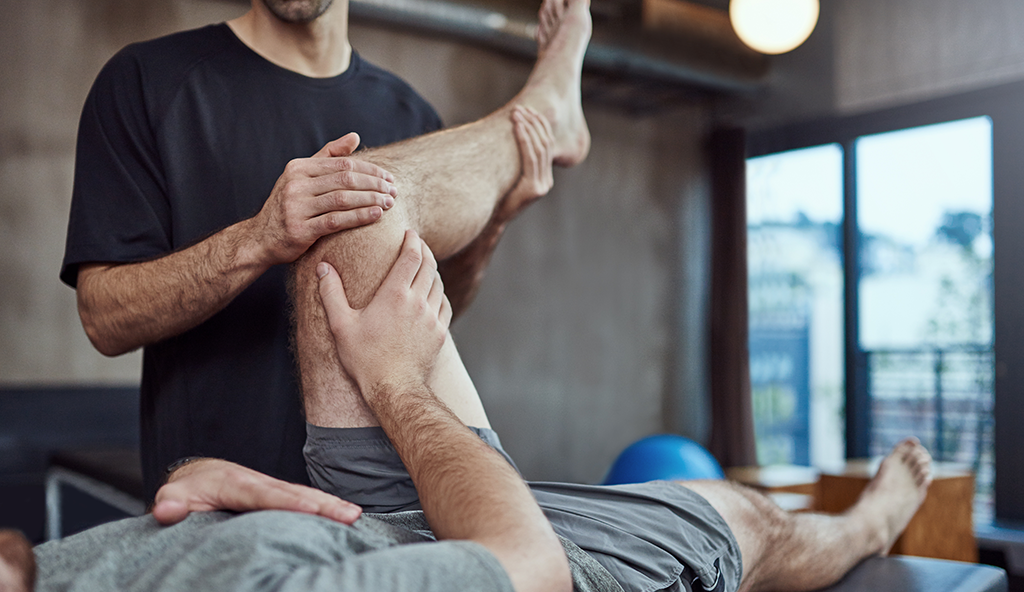Injury Overview:
Biceps tendonitis of the shoulder is an inflammatory condition of the long head biceps tendon that affects the area where the bicep muscle meets the front of the shoulder. This condition is very common among athletes where extra strain is placed on the biceps tendon. There are multiple reasons why biceps tendonitis may exist. Repetitive motion of the shoulder joint and overuse are usually the main culprits. Multi-directional instability and direct trauma of the joint are other causes.
In some instances, biceps tendonitis can be prevented. Consult with Dr. Anz to review your exercise regimen and discuss strategies to care for your shoulder and prevent overuse injuries.
Symptoms
There are several significant warning signs associated with long head biceps tendonitis. This disease process is most often accompanied by pain in the front of the shoulder associated with movement. This pain will be felt when you extend your arm out in front of you or raise your arm above your shoulder. As biceps tendonitis develops, the pain may become more severe, spread over a larger area and be felt throughout the day.
Additionally, patients may feel pain when the actual area is touched and complain of pain radiating down toward the elbow. The area may be red or swollen and you could feel a burning sensation. Some patients feel or hear a snapping sound in the shoulder during movement.
Diagnostic Testing
Dr. Anz will examine your bicep muscle and shoulder for signs of tenderness and inflammation and may then order some tests such as X-rays, or MRI to identify any other problems in the area and confirm the diagnosis.
Treatment
Non-Surgical
Biceps tendonitis is best treated by resting the affected area and slowly working back into light movement. Applying ice to the affected area and taking anti-inflammatory medications may help to alleviate the pain and inflammation. In more severe cases, a corticosteroid injection will help to reduce more acute pain for a longer duration.
Surgical
Surgery for biceps tendonitis is usually performed arthroscopically and is only needed in severe cases where a tendon is damaged. In some cases, the damaged section of the biceps is removed, and the remaining tendon is reattached to the upper arm bone in a procedure called a biceps tenodesis. Removing the painful part of the biceps from the shoulder usually alleviates symptoms and restores normal function.
In severe cases, the long head of the biceps tendon may be so damaged that it is not possible to repair it. Dr. Anz may elect to release the damaged biceps tendon from its attachment with a procedure called a biceps tenotomy.
Post-Op
Depending on the nature of the injury and the exact surgical repair used by Dr. Anz, patients will be prescribed a strict set of rehabilitation guidelines to use with a physical therapist. Physical therapy is mandatory in order to return the patient to optimum function. Most patients have good results and typically regain full range of motion and mobility after completing the program.
For additional information on biceps tendonitis, or to learn more about arthroscopic shoulder surgery, please contact the Gulf Breeze, Florida orthopedic surgeon, Dr. Adam Anz located at the Andrews Institute.




